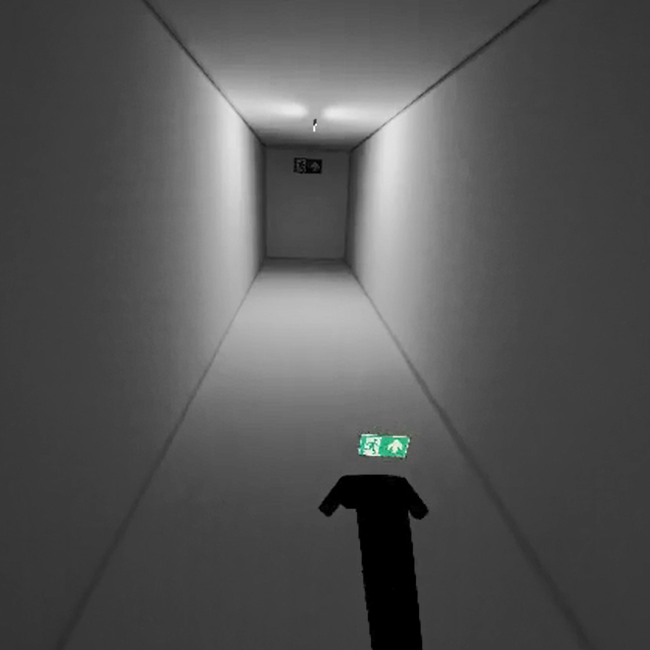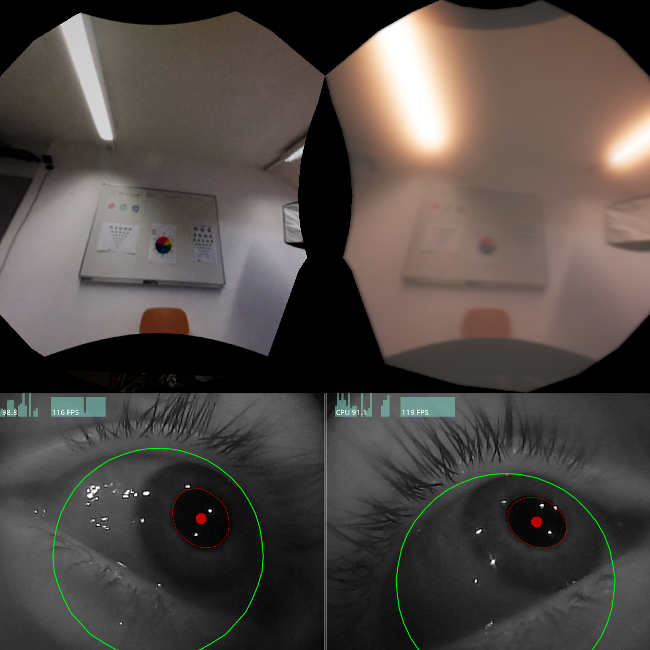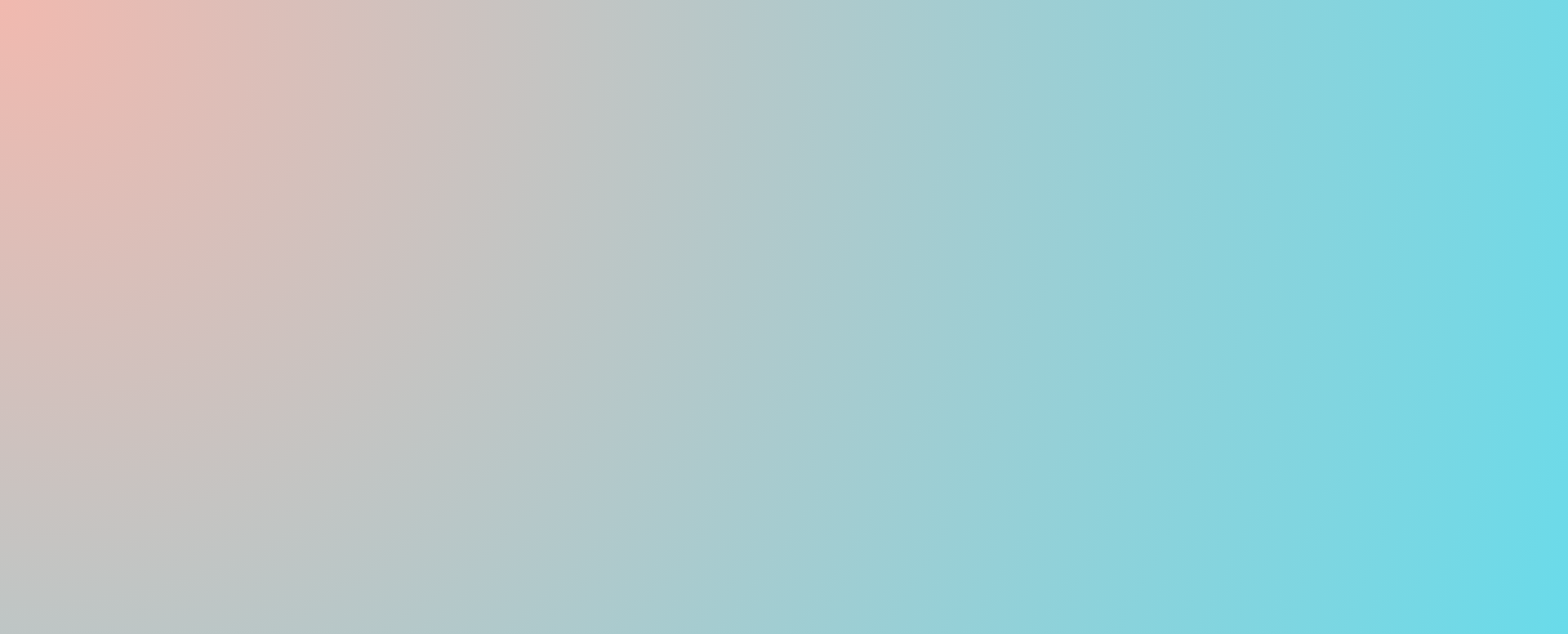
XREye synthesizes modern VR platforms, eye tracking technology, and novel vision simulation techniques grounded in interdisciplinary research, to create an end-to-end framework for simulating vision impairments in eye-tracked virtual and augmented reality.
XREye simulates vision impairments in both VR and AR, greatly increasing the range of applications. It can seamlessly switch between environments at runtime, so whether you are evaluating a CG modeled environment, or a real-world lighting setup, XREye is the right tool.
Gaze-dependent vision impairments can only be simulated in a meaningful way by leveraging eye tracking. XREye is built to interface with modern eye tracking technologies, such as Pupil Labs eye trackers, to create more precise and realistic simulations.
XREye development is highly interdisciplinary, and driven by experts from the field of computer graphics, virtual reality, opthalmology, and mathematics. Our vision impairment simulation techniques have been rigorously validated in several peer-reviewed scientific publications.

Here are some of the applications that we have implemented with XREye
 Safety Norm Evaluation
Safety Norm Evaluation
Creating norms and technical standards for safety critical features such as escape route signs that are inclusive of people with vision impairments is challenging at best. XREye helps standardization committees speed up the process of evaluating how well their norms consider different vision impairments.
 Inclusive Lighting Design
Inclusive Lighting Design
With 2.2 billion people being affected by vision impairments, inclusive architecture and lighting design is more pressing than ever. XREye allows testing lighting concepts under different vision impairments, helping architects and lighting designers to create more inclusive designs.
 Medical Studies
Medical Studies
Performing user studies that evaluate the effects of certain vision impairments on environmental perception is challenging, because of the difficulty of finding suitable study subjects. XREye allows studies to leverage healthy subjects by calibrating vision impairment parameters to the subject.

The XREye system and simulation techniques are the result of several years of inter-disciplinary research that has yielded a number of publications.